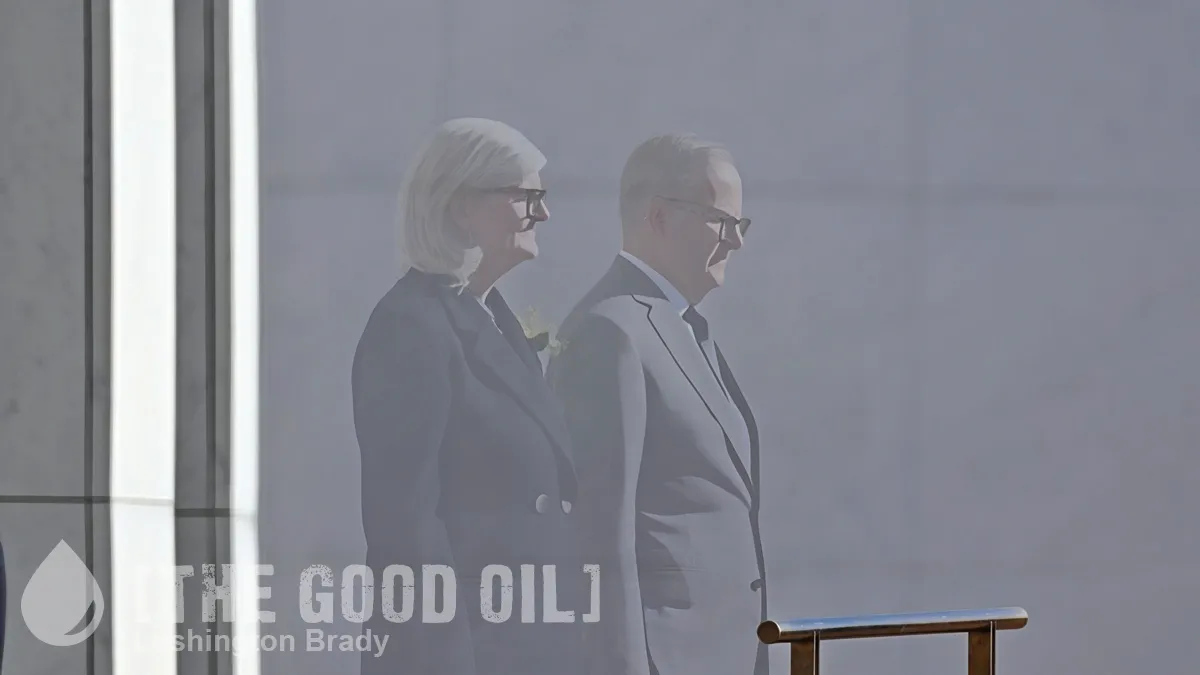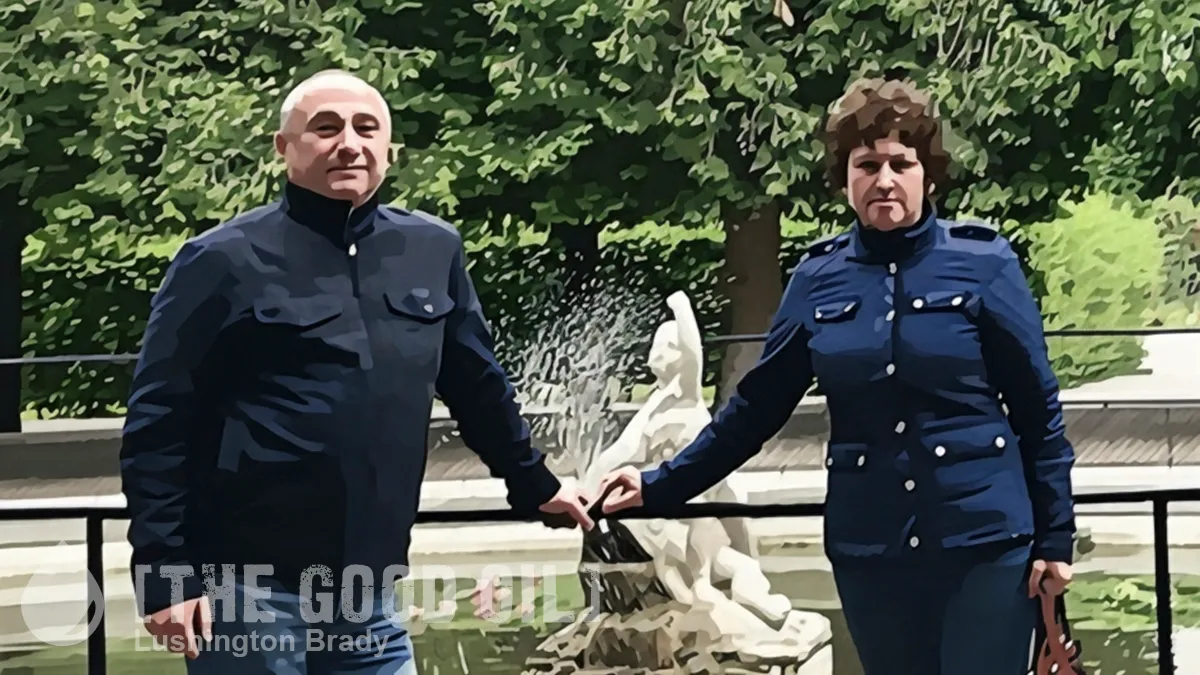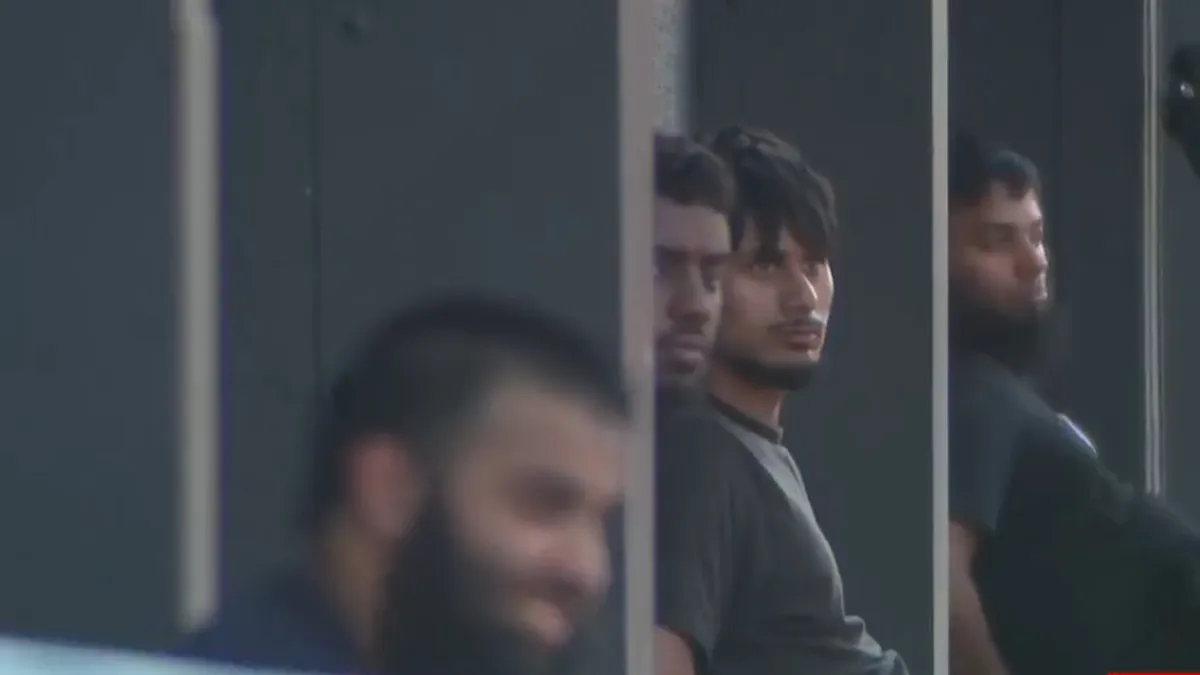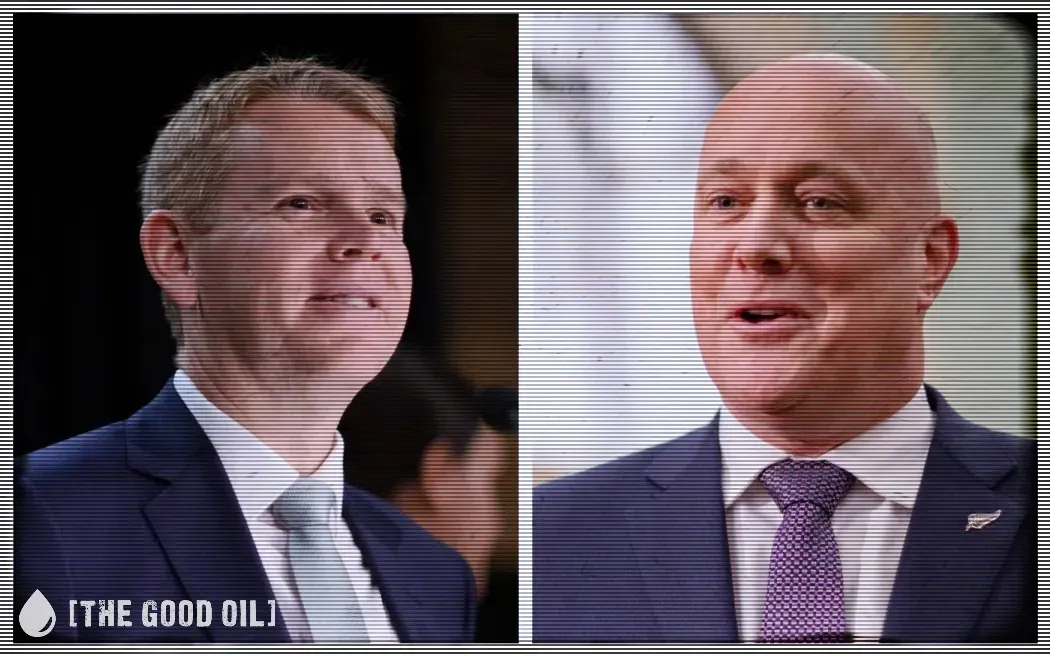Back in the 1990s, the Hindmarsh Island bridge affair was an early textbook case in ‘indigenous’ bullshit. What should have been a straightforward planning decision was derailed by ludicrous claims of ‘secret Aboriginal women’s business’. That ‘secret women’s business’ was, it turned out, the claim that the lagoon the bridge would span is some kind of magic space vagina. Building the bridge would be akin to inserting an IUD in the magic vagina and adversely affect Aboriginal women’s fertility.
A quarter-century later, the bridge is built and the Aboriginal population is booming. But we’re still dealing with make-believe ‘indigenous’ bullshit derailing much-needed development. Most recently, fanciful claims of ‘Aboriginal cultural heritage’ were used to block a billion-dollar goldmine.
Re-enter the Hindmarsh affair.
The anthropologist whose research helped to debunk the “fabricated” secret women’s business at the Hindmarsh Island Royal Commission has cast serious doubt on claims of a dreaming story about the blue-banded bee at the proposed Blayney gold mine – which Tanya Plibersek used to block the billion-dollar project.
Big surprise: it’s a big ol’ load of bullshit.
Philip Clarke, a historian whose work has for decades supported Indigenous groups in their land rights claims, said on Wednesday the blue-banded bee story was “highly unlikely” as the Australian confirmed that Wiradjuri authority Uncle Neil Ingram told Ms Plibersek in February that the story was not true.
So much bullshit that even an actual ‘Wiradjuri authority’ called it out.
Mr Ingram rejected the claims of Bathurst-based anti-mine group Wiradyuri Traditional Owners Central West Aboriginal Corporation. “(The) Bathurst group stating that they are custodians of the blue banded bee story is false,” he said in his evidence to Ms Plibersek.
“As a senior Wiradjuri elder and, coming from a traditional Galari clan, (I) have never heard of this story, never seen any ochre art works, rock engravings or traditional dances symbolising the blue-banded bee story.”
Dr Clarke said there was no record of the blue-banded bee as a totemic ancestor of the Wiradjuri before a story in the media in 2022, when the approvals process for Regis’s proposed mine was well advanced.
As a consultant, Dr Clarke wrote three reports in three years about Wiradjuri mythology, ceremonial cycles and tradition for Regis. In his first report in 2021 – before mine opponents mentioned the blue-banded bee dreaming – Dr Clarke examined all public records and turned up evidence of Wiradjuri belief in supreme beings such as Baiame, Daramulan and Muni Burrebean but nothing about the blue-banded bee and nothing relating specifically to the proposed mine site. He concluded the site of the proposed mine was not of special cultural significance.
So, why did Plibersek block the mine? She clearly wasn’t listening to the elected Aboriginal body, the Orange Land Council, who had no objection to the mine. In fact, they’re pretty pissed off with the minister.
On Wednesday, the land council’s adviser Roy Ah-See said the credibility that Ms Plibersek gave to the mine opponents’ claims about the blue-banded bee dreaming was dangerous.
“Weaponising Aboriginal cultural heritage for environmental hidden agendas is always going to end in tears,” said Mr Ah-See, a former adviser on Indigenous affairs to former prime ministers Malcolm Turnbull and Scott Morrison.
“This makes a mockery of Aboriginal culture and heritage and our old people have got every right to be annoyed and upset when something isn’t genuine. When we need protection for sites that really are significant, it will make it so much harder.”
But the ‘Wiradyuri Traditional Owners Central West Aboriginal Corporation’ reeks of very traditional ‘Aboriginal Industry’ nepotism.
Greg Ingram called the blue-banded bee dreaming “unfounded and untrue”, despite it being detailed to Ms Plibersek in a late submission from a Wiradjuri elder associated with WTOCWAC in December 2023. Ms Plibersek would later argue a mural of the blue-banded bee in Bathurst independently corroborated the account.
Hmm. About that…
The artist behind a Bathurst mural cited in submissions to shut down the Blayney goldmine in NSW worked for a charity that was loaned $28,000 by the activist group that successfully opposed the project, with the money provided shortly after he joined their ranks […]
Documents provided by the Australian Charities and Non-Profits Commission, with which the WWF is listed, indicate Mr Wiradyuri is not a “responsible person” for the charity but his business partner and chief executive of the Birrunga Gallery, Suzanne Child, is.
Clearly not much has changed in the Aboriginal Industry since ATSIC was shut down for its culture of corruption and nepotism.









